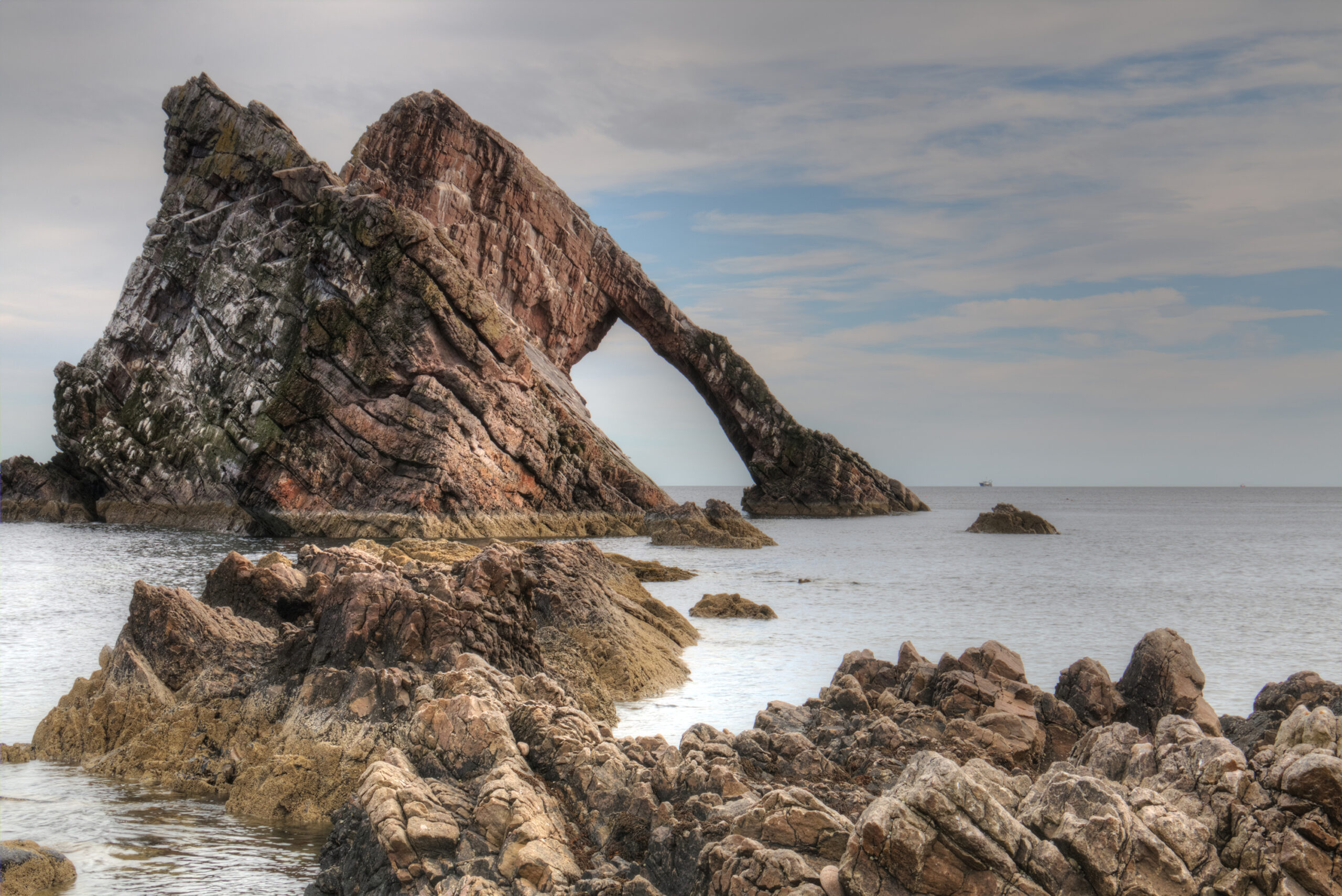For more than six hundred years, the Picts, “the painted ones”, ruled a mighty kingdom running from the Antonine Wall – the northernmost fortification of Rome – to Easter Ross in the Highlands. For centuries, they were thought of as enigmatic, half-crazed savages – wild, painted men who fought back the might of Rome’s legions before mysteriously vanishing from history. They left no written record when they disappeared like morning mist in a midday sun, but they scored their achievements, their culture, and their beliefs into the very stones of Scotland.
Crafting intricate, sophisticated designs – far in advance of anything else produced in Britain at the time – featuring everything from animals and mythical beasts to Christian symbols, the Picts left behind a wealth of spectacular standing stones, elaborate carvings and stunning sculptures for future generations to discover.
Grab our guide to some of the most impressive and important Pictish sites in the country, prepare yourself to delve into the secrets and shadows of the Dark Ages, and set off on a literal #LegendarySailing adventure on the trail of Scotland’s lost people! Create your own unforgettable moments as you sail Scotland and make sure you share them with us on social media by tagging them with #LegendarySailing or uploading them to our gallery!
The Knocknagael Boar Stone (1) Inverness Bristling, bold and beautiful, the Knocknagael Boar Stone is an incredible example of the skill and creativity of Pictish craftsmen. Created in around 600AD, the stone’s decoration was carefully executed by a skilled carver, with curling scrolls realistically reflecting the animal’s musculature. It originally stood at Knocknagael Farm to the south of Inverness, but it’s unlikely this was the stone’s original location. Like so much about the Picts, this remains unknown.
The Eagle Stone (2) Strathpeffer In a fenced enclave at the eastern end of the small village of Strathpeffer stands a mighty stone eagle, carved deep into dappled blue gneiss and crowned with a sweeping arc adorned with Pictish symbols. Dating back as far as 400AD, the Eagle Stone has long been a subject of myth and superstition. The Brahan Seer, Scotland's answer to Nostradamus, is said to have predicted that should the Eagle Stone fall three times then the surrounding valley will be flooded.
The Shandwick Stone (4) Shandwick Standing tall against the Highlands sky on a hill overlooking the village of Shandwick and the Moray Firth, this magnificent ten-foot-tall cross-slab is one of the best-preserved examples of Pictish artistry. On one side, facing the sea, is a great cross covered with interlocking spirals. On the other, five panels everything from a Pictish beast to a hunting scene and duelling swordsmen feature. Its Gaelic name (Clach a’ Charaidh) means ‘stone of the grave-plots’. A burial ground was recorded on the site of the stone in 1889 and was last used during a cholera epidemic in 1832.
Clach Biroach (5) Edderton The Gaelic name of this soaring, unhewn pillar of red standstone means ‘the sharp stone’ – and you can see why. Reaching up from the earth like the rugged blade of a long-lost God and incised with the symbol of a fish over a carved double-disk, in local folklore it’s said to mark the grave of a Danish prince killed in battle nearby. In truth, it predates the Norse period by almost a millennia and is likely a Bronze Age standing stone re-used by Pictish craftsmen.
Kincardine Gravemarker (6) Ardgay Within the hallowed walls of Kincardine Old Church lies a gravemarker with some of the most incredible examples of Pictish artistry to be found in Scotland. Among its weathered carvings are David rending the jaws of a lion, with the lamb he has saved and his harp nearby. It is the only surviving monument of its type and a vital piece of Scotland’s past. The church is often locked, but you can arrange entry by contacting the Kyle of Sutherland Heritage Society on 01863 766700.


